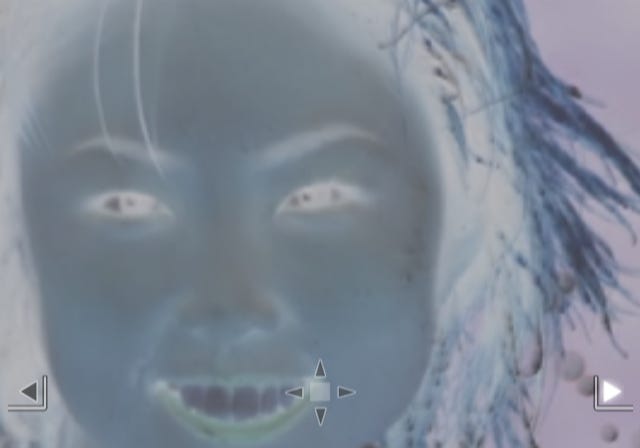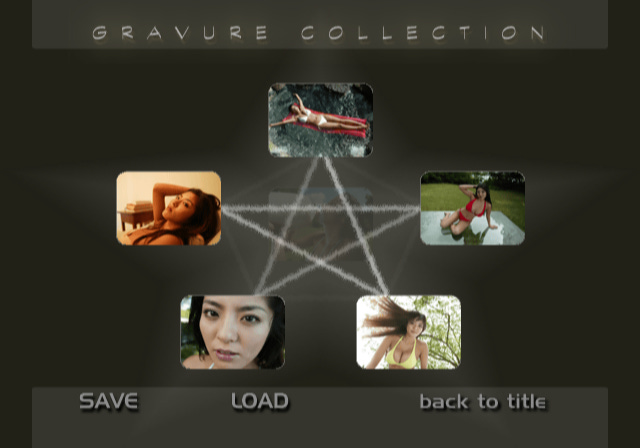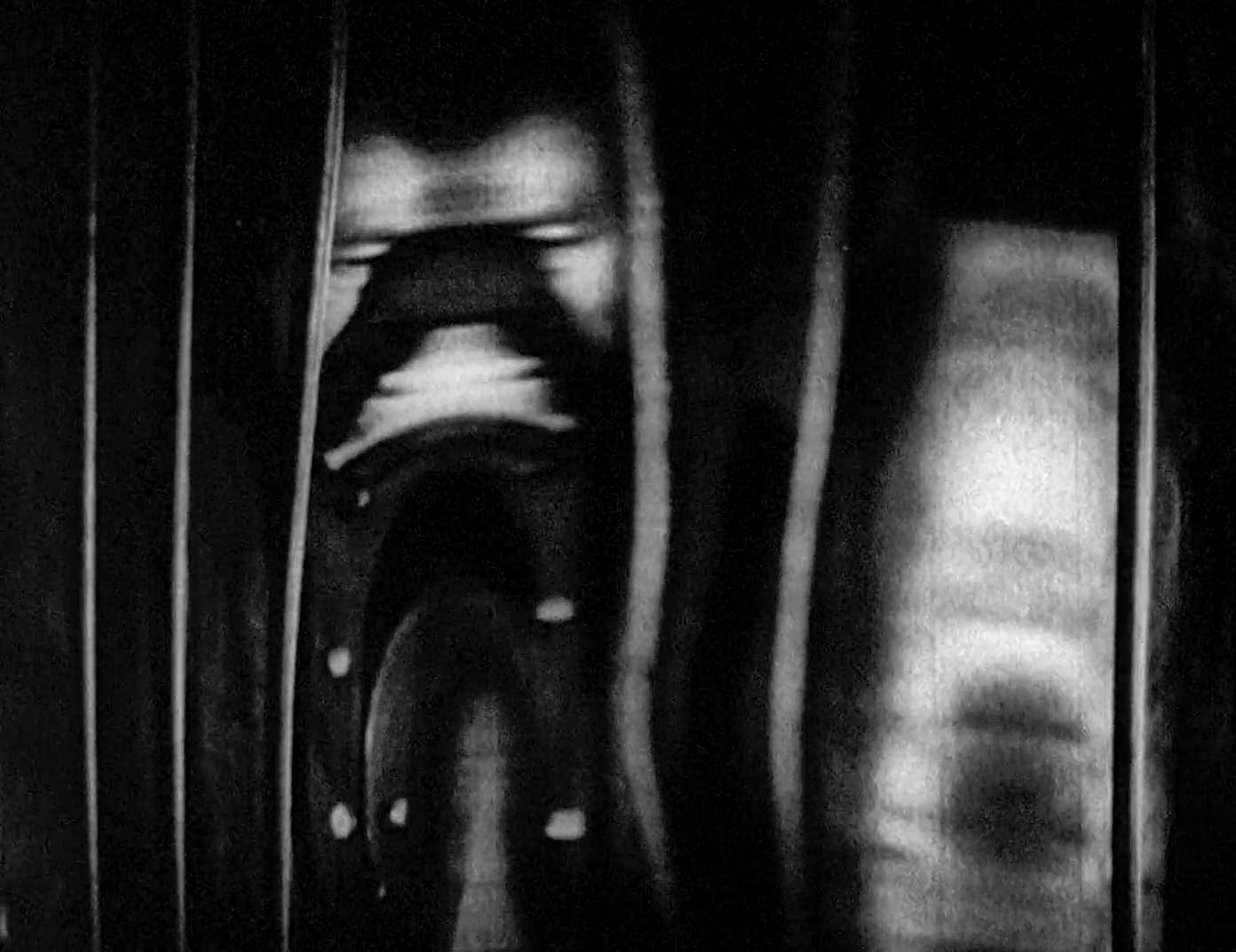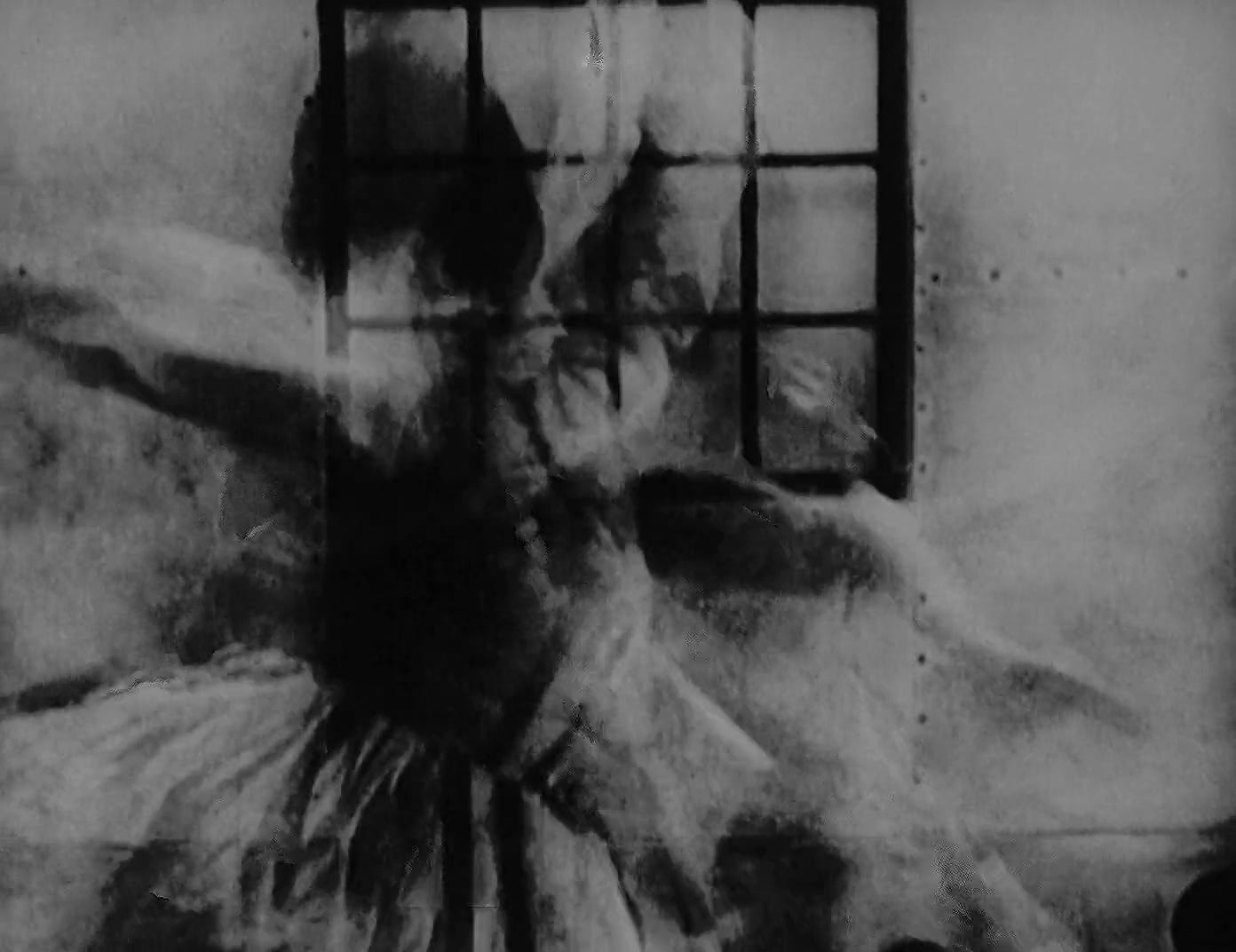Talking games | The Motion Gravure Series
Enter the nightmare of experimental ps2 softcore titillation.

Hey friends! For various reasons I didn’t have the time this week to write a new post, but I also didn’t want to leave you empty, so I thought I’d share something I wrote for my old blog a few years back. It’s a fun one—enjoy!
Harumi was the first to be shot.
She didn’t really understand what the job was when she was signed up for it. None of them did. There was a lot of technological jargon thrown around in the pitch; visionary, utopian sounding buzzwords piled up on top of each other in lieu of any real answers. Bewitching, new, the first of its kind, the beginning of the inevitable future. But she didn’t care about any of that. All she cared about was getting paid.
Harumi Nemoto was a gravure idol active primarily in the early 2000s. Gravure, for those unaware, has been a long booming industry in Japan; the art of the softest of softcore, of sensual and suggestive photos and videos in swimsuits or underwear. Go into any convenience store in the country and you will see gravure covering the magazine racks. Try to read any manga not yet published in a collected volume and you will likewise very likely have to flip through pages of titillation. And Harumi was one of the best, standing in the upper echelons of popularity. So maybe it was simply a matter of course that, in 2003, Noda Yoshiharu, the then president of the talent management company she belonged to, YELLOWBUS, recruited her for a strange new project.
She was one of four he brought in. Joining her were Mori Hiroko, who Harumi had the previous year made an idol group with called R.C.T., Kitagawa Tomomi, and Megumi, all stars of YELLOWBUS’s talent pool, and all unsure of what exactly they were getting themselves into.
It wouldn’t be long before they found out and plunged headfirst into a strange new reality.
When I first turned on one of the Motion Gravure Series releases, a collaboration between YELLOWBUS and Sony Music Entertainment Japan, I felt my stomach lurch. A collection of four PlayStation 2 titles, all released in Japan on April 24, 2003, for a retail price of 3,800 yen, the series provides an experimental alternative to traditional gravure photo collections, allowing one to pan, zoom, fast-forward and rewind through high-quality photographs, each release focused on a different woman. The issue starts, of course, with that contradiction: how can one fast-forward a picture?
The answer to this lies with third, most unknown, collaborator of the series — the developers behind a then new image morphing software called FrameFree. The software, designed primarily for industrial use, can take two images and, through a complex system of tweening, stretching and fading, fill in the gaps and give the impression of movement. It is like someone filming the events occurring in the space between two comic book panels. With this, a new style of imaging is possible, one that Noda Yoshiharu described as possessing a bewitching quality and being uniquely sensual. And to be sure, it is unique. But not in the way he thought.
FrameFree’s effect is immediate. There is something wrong. The world shifts and distorts as if melting paint on a canvas, conceptions of time collapsing as the constant continuation we are so accustomed to is twisted into a languid start-and-stop pace. Hiroko stands behind iron bars as if imprisoned, her hands like ghosts as they travel from one point to the next. She never blinks.
In brief in-between moments, the women become disfigured, horrifying attempts by aging computers at self-actualizing and creating sentient life. They become the dreamy sketches of humans thought up by that which is far beyond us. Hiroko grows multiple arms; Megumi’s eyes curl into those of a fox. I watch Harumi point a gun to her head as she stares down the camera lens. A vague figure is outlined in her glasses. They show me the ocean.
The music that accompanies this, looping somnambulist new age electronica that feels like it was composed by an AI maestro itself, only further complicates our understanding of time. It plays as if in reverse, never developing, repeating endlessly. I have never heard an ending. I doubt one exists.
As I gaze at the digital impostor of Megumi shovel down a plate of spaghetti, I feel the urge to vomit. But I cannot look away. Again, the ocean.
Flown out to the island of Saipan, the women met with Yamagishi Shin, the photographer for the project. Shin, a longtime friend of Yoshiharu, boasts an accomplished career and a warm smile, and was a welcome face for the idols, having worked with some (if not all) of them before.
Even as an experienced professional however, Shin wasn’t entirely sure what to do in the face of the new technology. To comply with the requirements of FrameFree, he had to use different cameras and, more significantly, different shutter speeds than normal to capture the clearer, high definition shots asked of by the program, drastically changing his approach to gravure photography. Furthermore, the sheer volume of photos taken dwarfed the typical average of 300 for a traditional image collection several times over, reaching deep into the thousands.
And it wasn’t just him. No one knew how to act before the concept of FrameFree. Modeling as if for a video camera wouldn’t work, but neither would mimicking a photo shoot, the amount of pictures and the false movement created by FrameFree existing between stillness and motion. As a result, the women had to constantly move in slow-motion so that they might be properly captured, as if perpetually trapped under water, their perception of time becoming confused. Once, when Harumi broke the rules and quickly locked her fingers together, FrameFree erased her hands; a broken prayer of blasphemy from a digital facsimile.

At various points during viewing of these shoots, the colors might suddenly invert, the last vestiges of reality stripped away. Here, if you press the triangle button, the physical world ripples like water, and you are taken to a secret shot of the women doing various activities. Afterwards, one can view these shots at any time from a special menu. They are all laid out across a glowing pentagram. There is an option to print the images, but the thought makes me feel strange, almost like I would be actualizing a doppelganger.

It is here in this menu, completing the pentagram, that I watch Harumi cry as she stares back at me. My stomach hurts so much.

Perhaps to make up for the expected confusion and intensity of work needed for FreeFrame, there was a three day schedule afforded to each shoot. They only took two. Shin was known throughout the industry for his speed, but even Megumi was surprised at how quickly it was all finished. It was almost like he wanted nothing more than to get away from the job. On the third day, they drank.
The more you experience, the more you notice the repetition. It goes beyond the music: images keep returning. The same shoots, the same locations. It isn’t long before you doubt yourself. Is this the same, or has the angle changed? Is this the same, or is she moving differently? And as always, the ocean waits.
The Motion Gravure Series was released shortly after the shootings. During the single press event held, they discussed plans to release more in waves at a later date, to push forward with what they believed was the first step in a world of rapidly evolving media.
This did not come to pass. But their goal had already been accomplished; I looked through the FrameFree and understood. Time and reality are not how they appear. Our conception of motion is a lie propagated to hide the truth from us: that the universe operates beyond our dimensional understanding; that we are nothing more than water droplets collected together, forming only the smallest wave. The nausea persists. Humanity is not what we think.

As Harumi’s shoot ends, a candle’s flame slowly goes out.
Yesterday, I dreamed of the ocean.
I have seen the true motion of the world.

Music of the week: Utena Kobayashi - 6 Roads
Like the soundtrack to transcendental hard sci-fi; faith and consciousness downloaded and flowing through a rat king of wires. Cold clicks, blips, and EDM beats accompanied with snowy vocals, strings, chanting, traditional folk music (minyo, gamelan, etc), and what I’m pretty sure is a made up language. At times has Nier OST energy, that same resigned melancholy coming from female choruses, but with a deeper interest in the detailed intricacies of technology.
Movie of the week: A Page of Madness



There is a corner of my brain where A Page of Madness is being perpetually projected onto some grungy concrete wall. While the movie, one of the great works of Japanese silent film, definitely peddles in horror imagery—it is obsessed with twisting and abstracting the human body into the kind of shapes ‘90s industrial music videos would’ve sold a kidney to capture—under the avant-garde hood is a sad, desperate, and overwhelmingly human story all jumbled up into a gorgeous elliptical poem. At first it might not make sense; stare at it long enough and you’ll understand the world. For my money one of the absolute greatest films ever made.
oh, and here’s a deep dive into the genre history of Mr. Fate/Stay Night himself, Nasu

